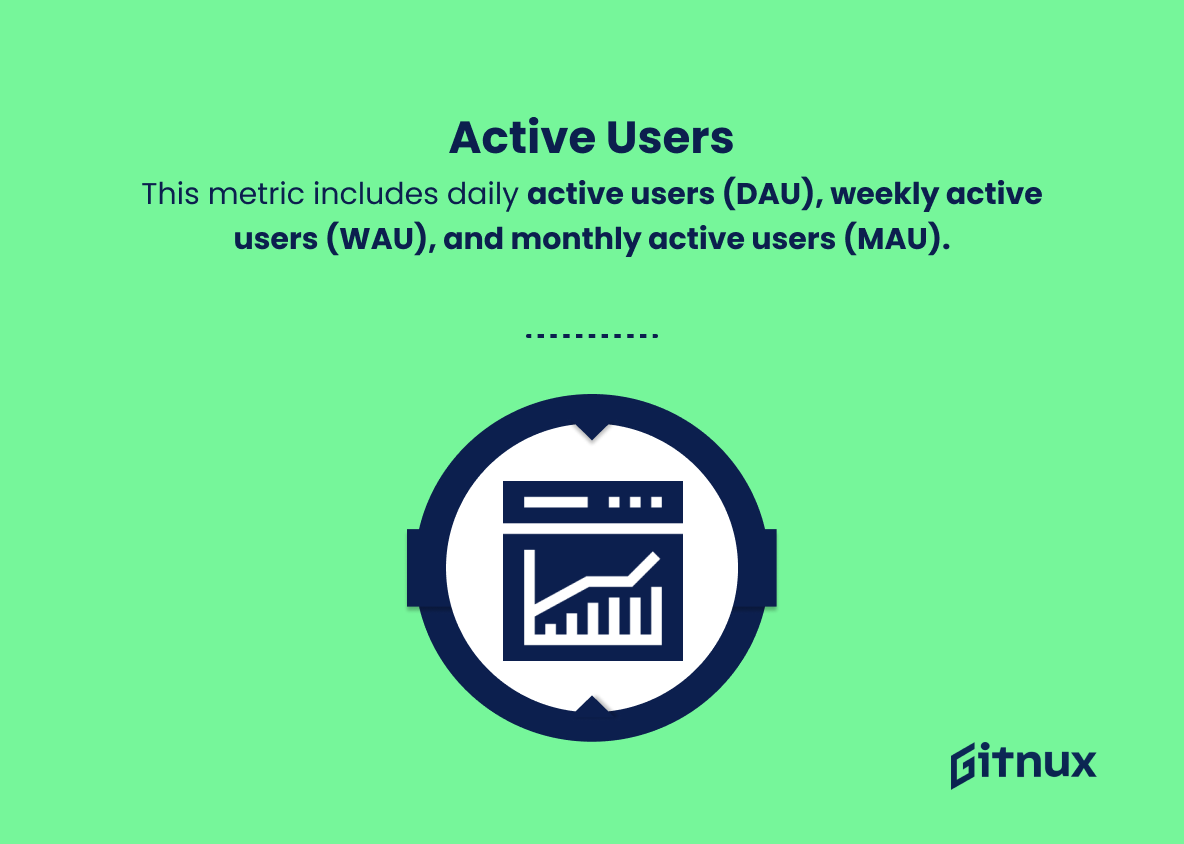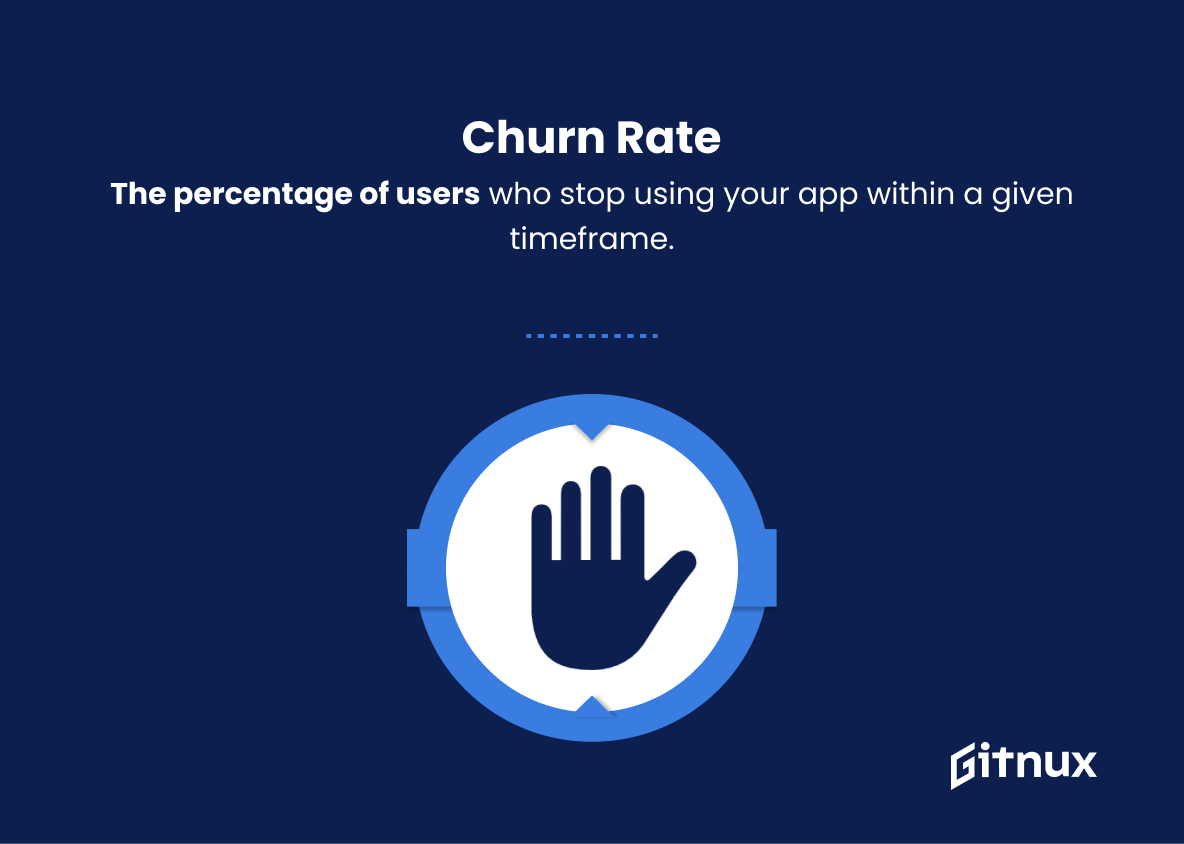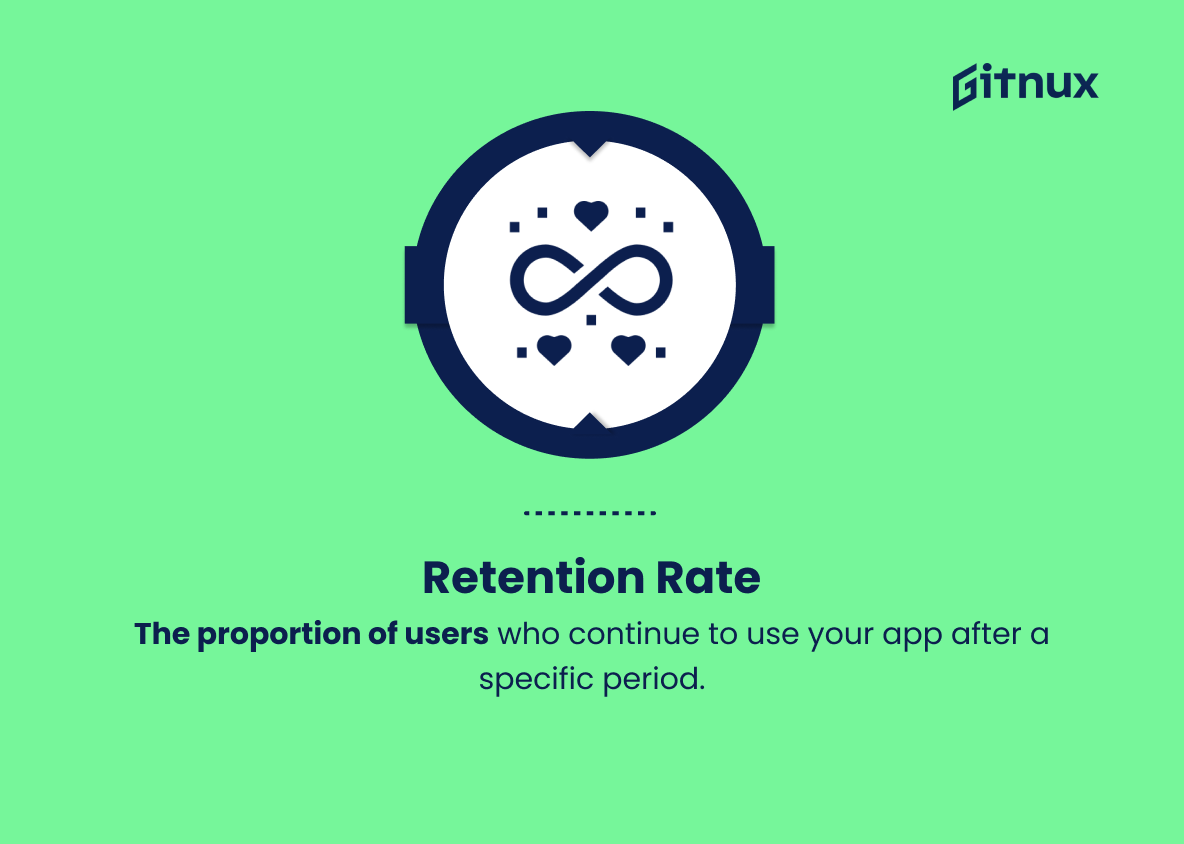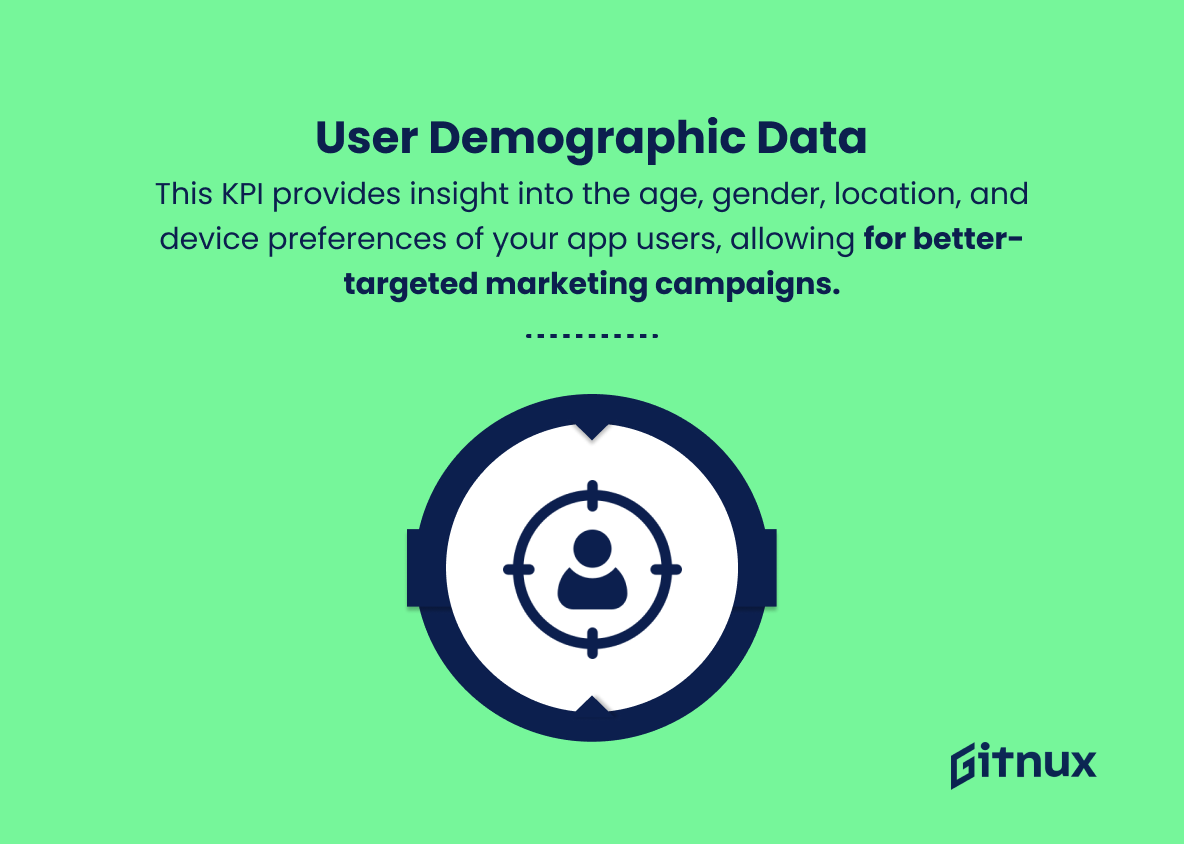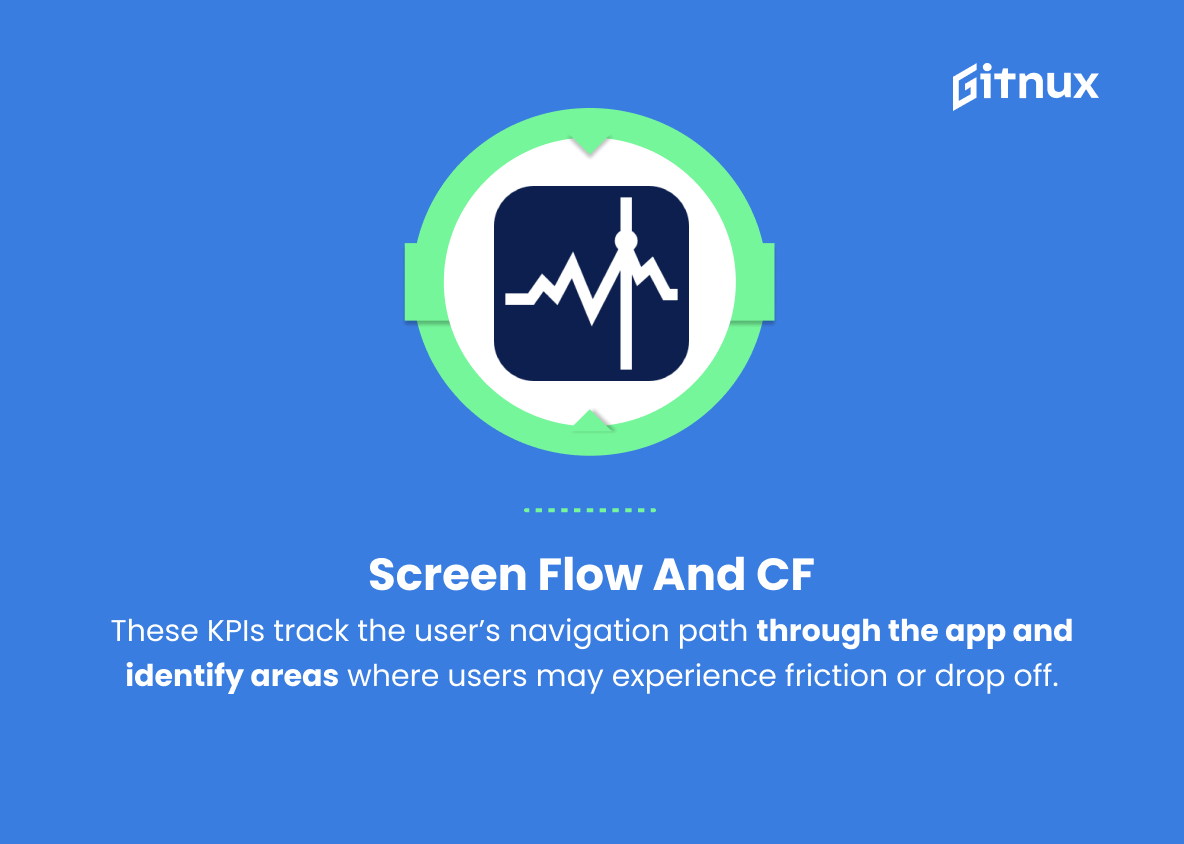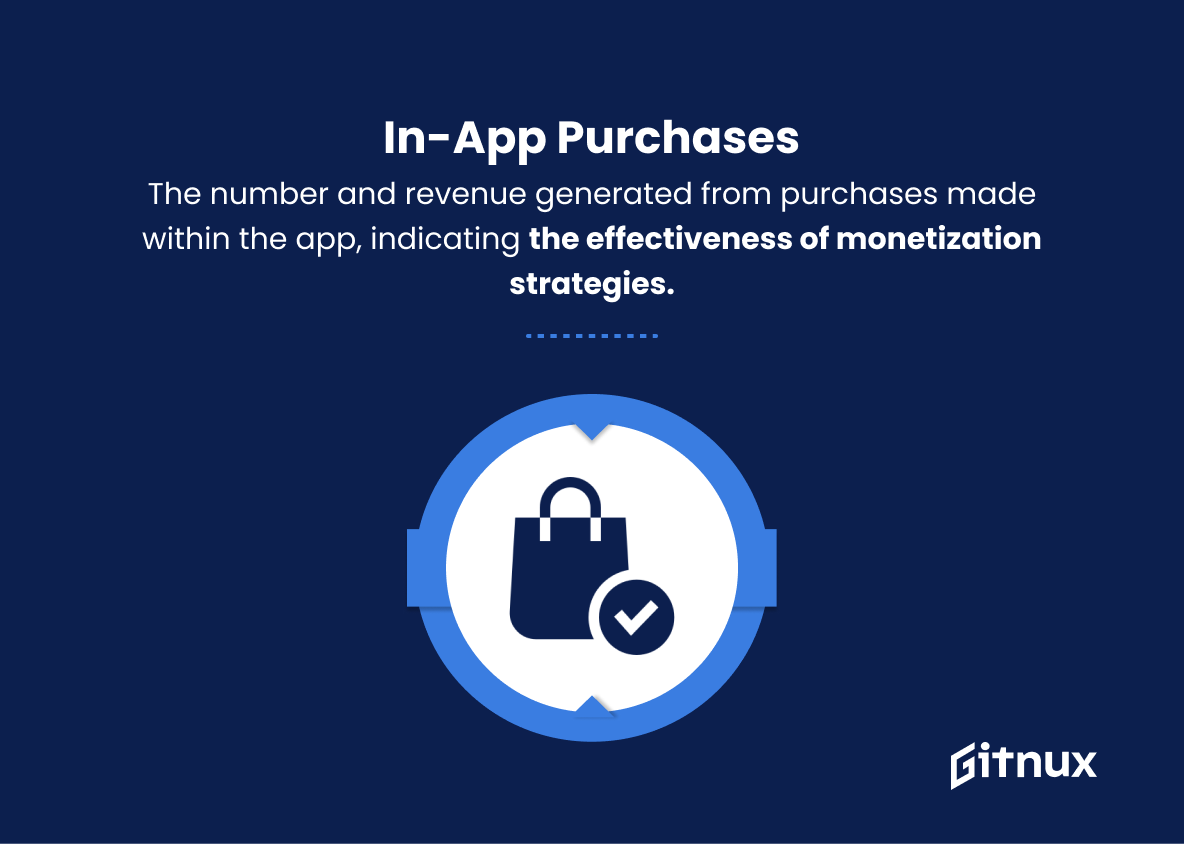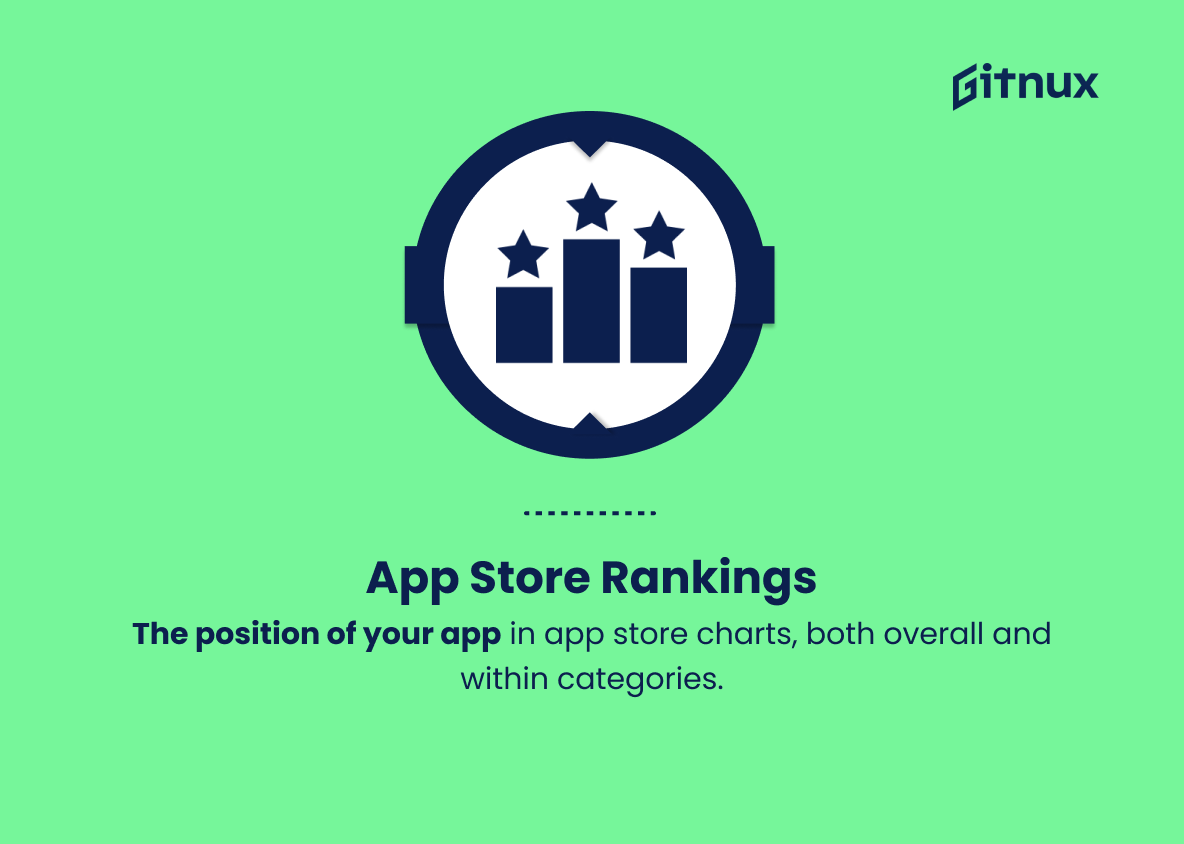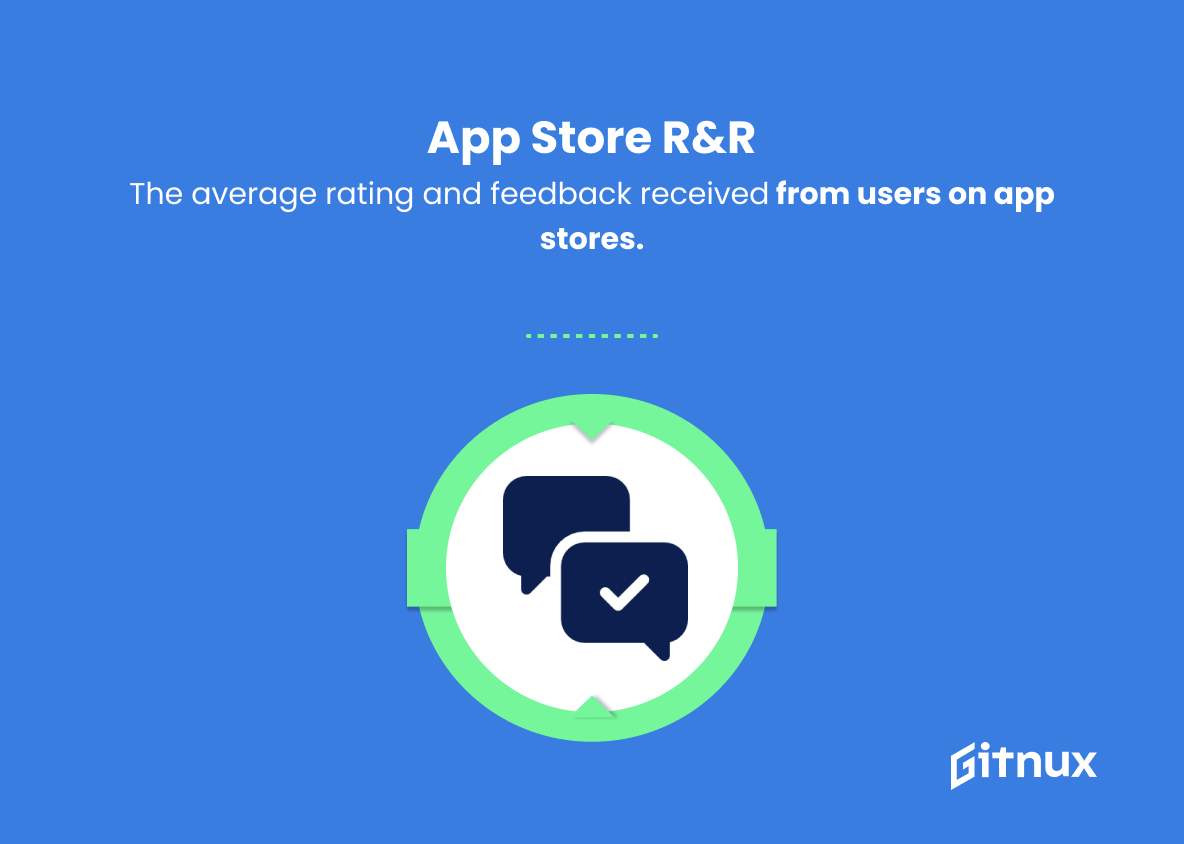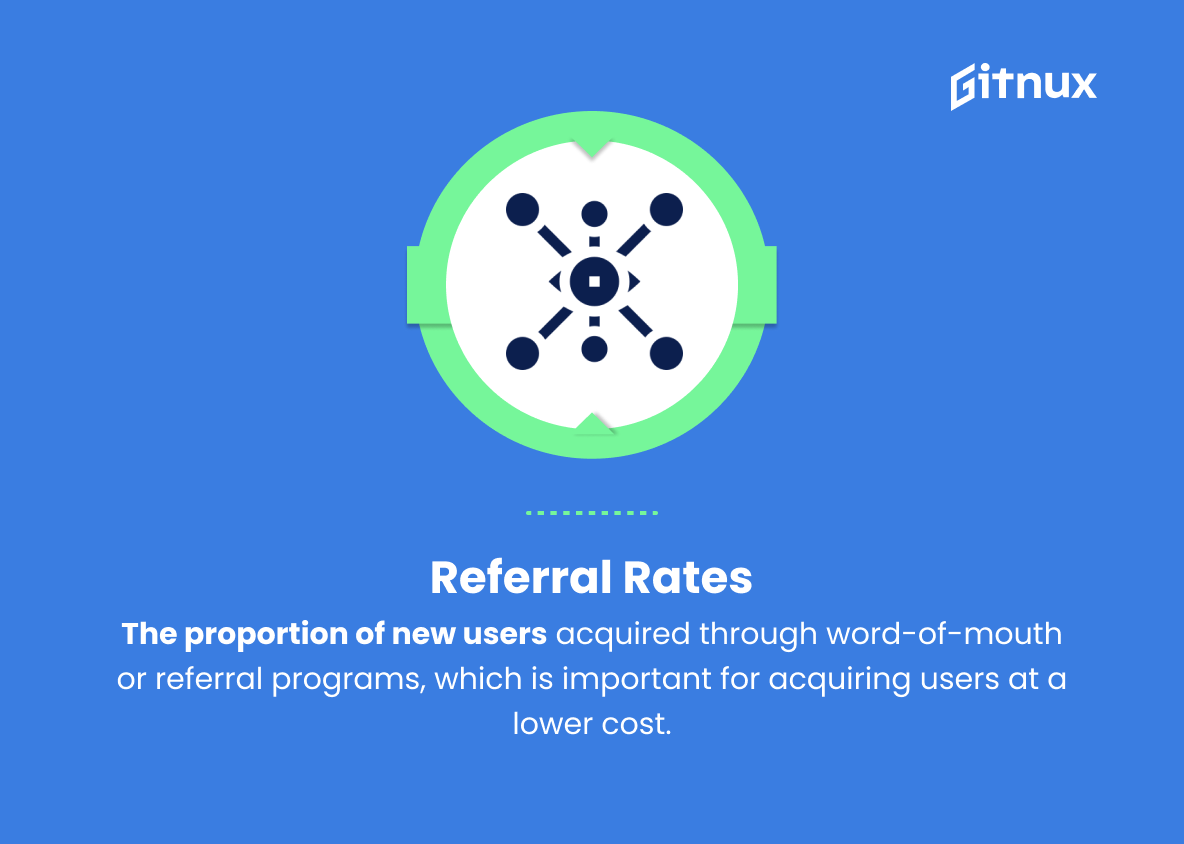In today’s fast-paced digital landscape, mobile applications have established themselves as powerful tools, catering to the ever-evolving needs of users and offering immense growth opportunities for businesses. As a result, the significance of efficient Mobile App Marketing strategies has risen sharply. Understanding and closely monitoring Key Performance Indicators (KPIs) is vital to optimizing marketing efforts, ensuring the success of your app, and staying ahead of the competition.
In this blog post, we will delve into the essential Mobile App Marketing KPIs that every marketer must keep an eye on, providing insightful guidance to make data-driven decisions and achieve desirable outcomes. So, buckle up and get ready to explore the metrics that hold the key to unlocking your app’s full potential.
Mobile App Marketing KPIs You Should Know
1. App downloads
This KPI gauges the total number of times the app has been downloaded from various app stores. It helps you understand the popularity and reach of your app among users.
2. Active users
This metric includes daily active users (DAU), weekly active users (WAU), and monthly active users (MAU). These KPIs measure how many unique users interact with your app daily, weekly, and monthly.
3. Session length
The average time duration a user spends in your app per individual session. This KPI tracks user engagement levels and helps determine opportunities for improvement.
As a result, the significance of efficient Mobile App Marketing strategies has risen sharply.4. Churn rate
The percentage of users who stop using your app within a given timeframe. A lower churn rate signifies higher user retention.
5. Retention rate
The proportion of users who continue to use your app after a specific period. A higher retention rate indicates more satisfied and loyal users.
6. Cost per acquisition (CPA)
The average amount you spend to onboard each new user through marketing campaigns. A low CPA indicates a more cost-efficient marketing strategy.
7. Lifetime value (LTV)
An estimation of the total revenue a user generates over their “lifetime” in the app. This helps you understand the long-term value of your users, allowing you to optimize acquisition and retention efforts.
8. User demographic data
This KPI provides insight into the age, gender, location, and device preferences of your app users, allowing for better-targeted marketing campaigns.
9. Screen flow and conversion funnels
These KPIs track the user’s navigation path through the app and identify areas where users may experience friction or drop off.
10. In-app purchases (IAP)
The number and revenue generated from purchases made within the app, indicating the effectiveness of monetization strategies.
11. App store rankings
The position of your app in app store charts, both overall and within categories. High rankings can lead to increased visibility and organic downloads.
12. App store ratings and reviews
The average rating and feedback received from users on app stores. Positive ratings and reviews signal user satisfaction and influence potential users’ download decisions.
13. Push notification open rates
The percentage of users who open the push notifications sent by your app. This indicates the effectiveness of your messaging strategy and user engagement.
14. Social media engagements
The number of likes, shares, comments, and followers your app receives on social media platforms. This can help gauge your app’s reach, brand reputation, and customer sentiment.
15. Referral rates
The proportion of new users acquired through word-of-mouth or referral programs, which is important for acquiring users at a lower cost.
Each of these KPIs plays a critical role in understanding the performance of your mobile app marketing strategy and allows you to analyze and optimize your efforts to drive continuous growth.
In today’s fast-paced digital landscape, mobile applications have established themselves as powerful tools, catering to the ever-evolving needs of users and offering immense growth opportunities for businesses.Mobile App Marketing KPIs Explained
Mobile app marketing KPIs, such as app downloads, active users, session length, churn rate, retention rate, cost per acquisition (CPA), lifetime value (LTV), user demographic data, screen flow and conversion funnels, in-app purchases (IAP), app store rankings, app store ratings and reviews, push notification open rates, social media engagements, and referral rates, are vital for assessing and refining your app’s marketing strategy.
These KPIs provide insights into various aspects like user engagement, retention, satisfaction, and monetization. They help you understand your app’s popularity, reach, and cost-effectiveness in acquiring and retaining users. By closely monitoring and optimizing these KPIs, you can enhance user experience, streamline marketing efforts, and ultimately, drive growth for your mobile app.
Conclusion
In conclusion, understanding and consistently tracking Mobile App Marketing KPIs is essential for the success of any app. These key performance indicators help app developers and marketers make informed decisions, optimize campaigns, and keep app growth on track.
By closely monitoring vital KPIs such as user acquisition, user engagement, retention, and monetization, businesses can effectively navigate the competitive mobile app landscape and ensure long-term sustainability. So, don’t underestimate the power of data-driven insights – take the time to analyze these KPIs and create a roadmap for your app’s success.

